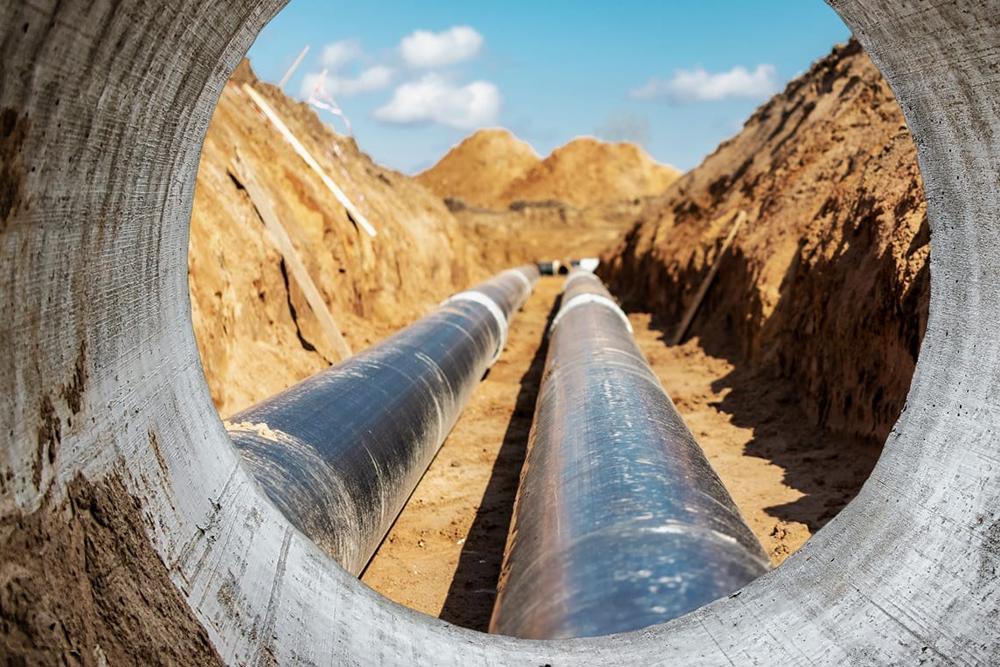The Transwestern Pipeline’s planned Desert Southwest expansion is set to deliver a major boost to natural gas capacity in the US Southwest, with the construction of 830 kilometres of 42-inch pipeline and nine new compressor stations spanning Arizona, New Mexico, and Texas.
Designed to transport an additional 1.5 billion cubic feet per day (Bcf/d) from the prolific Permian Basin, the US$5.3 billion project aims to meet surging energy demand from the region’s growing population, high-tech manufacturing, and expanding data centre operations.
With work slated for completion in the fourth quarter of 2029, the expansion will enhance the reliability of the existing Transwestern network, in service since 1960, while offering shippers greater flexibility to serve the fast-growing Desert Southwest market.
The new pipeline infrastructure will connect natural gas supplies in West Texas and southeastern New Mexico directly to urban and industrial hubs, supporting both power generation needs and industrial fuel requirements.
Long-term capacity commitments from investment-grade customers have underpinned the project’s financial final investment decision (FID), announced earlier this quarter.
An open season will be launched in the coming months to allocate the remaining capacity, with the potential to expand the project’s scale in response to further demand.
Beyond its role in strengthening regional energy security, the project carries significant economic and industrial benefits.
Construction plans call for the use of US-manufactured steel pipe and an estimated 5,000 local and union labour jobs during the build-out, providing a boost to manufacturing and skilled trades.
The expanded transmission capacity is also expected to improve pipeline system redundancy, offering greater resilience against supply disruptions.
By increasing low-cost natural gas flows to Arizona and New Mexico, the Desert Southwest expansion is positioned to help stabilise regional energy prices, reduce reliance on imported electricity, and support the shift toward cleaner-burning fuels for power generation.
The project comes amid broader infrastructure growth tied to US energy exports.
While separate from the pipeline expansion, Energy Transfer — the operator — has also recently moved to expand its liquefied natural gas (LNG) supply agreements, including increasing long-term sales to Chevron from its Lake Charles LNG facility.
Once operational, the Desert Southwest expansion will mark one of the largest natural gas transmission upgrades in the region in decades, reinforcing the strategic role of interstate pipelines in meeting America’s evolving energy demands.
